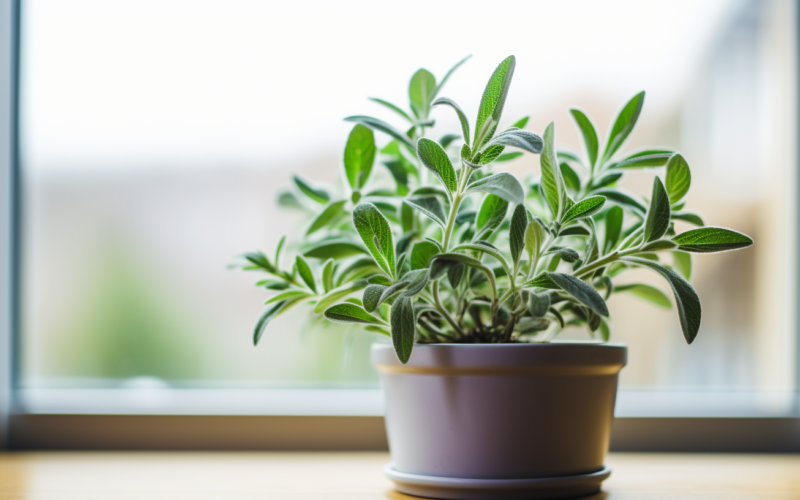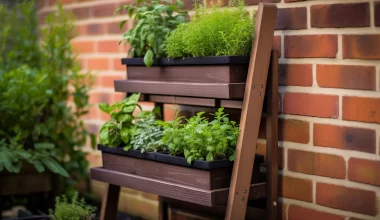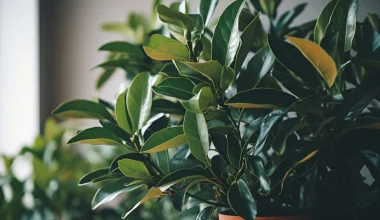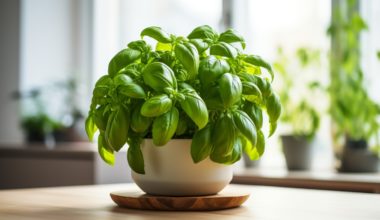In this article, we’ll delve into the process of growing sage at home, with a special focus on the conditions and care this herb needs to thrive in the UK climate.
An Overview of Sage
Sage, a member of the mint family, is a perennial herb known for its strong flavour and its grey-green, slightly fuzzy leaves. The most common variety, Salvia officinalis, is a favourite among UK gardeners and cooks alike.
Planting Sage
You can start sage plants from seeds, cuttings or young plants. While seeds are cheap and readily available, they take a long time to germinate. Buying young plants or propagating from cuttings is quicker and often more successful.
Optimal Growing Conditions for Sage
Sage prefers a sunny location and well-drained soil with a pH between 6.0 and 7.0. It’s quite drought-tolerant, making it a good choice for UK gardeners dealing with occasional dry spells.
Caring for Your Sage Plant
Growing sage at home requires some specific care:
- Watering: Water sage plants thoroughly but infrequently. Overwatering or poor drainage can lead to root rot.
- Pruning: Trim your sage plants in the spring to encourage bushier growth.
Harvesting and Using Your Sage
You can start harvesting sage leaves as soon as the plant is established. For drying, harvest just before or as the plant starts to flower. Dried sage can be used in a variety of dishes:
- Meats: Sage pairs well with pork, beef, duck and chicken recipes.
- Stuffing: Sage is traditionally used in stuffing for poultry.
- Pasta and gnocchi: Burnt sage butter is a classic Italian sauce for pasta and gnocchi.
Growing sage at home provides a wonderful opportunity to expand your garden and your kitchen repertoire.






